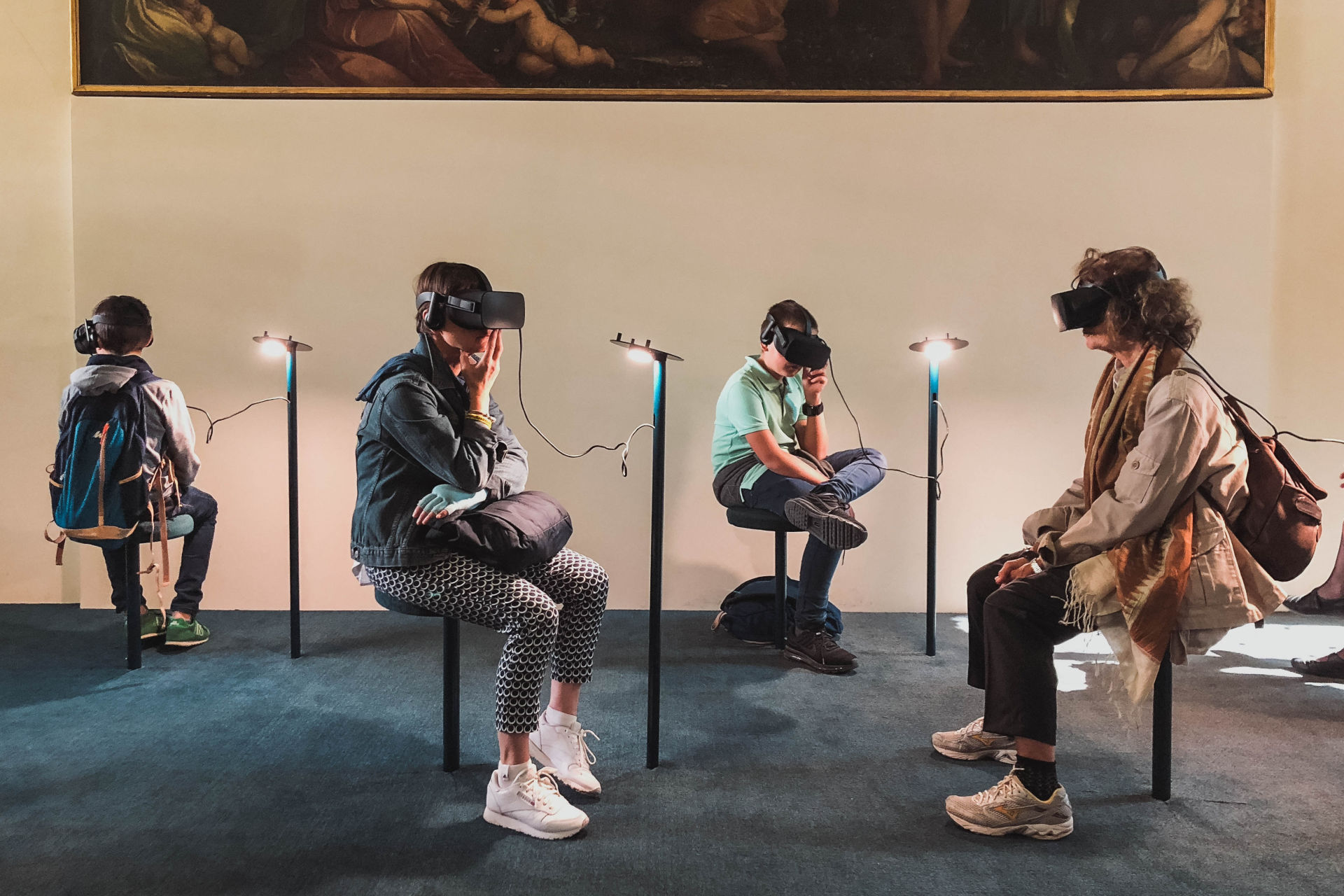All eyes are on you, always. Big data is peeping through the hole in your fence. Little data is visiting you at work even though you stopped dating months ago. “Creepy, right?” says the FBI agent watching through your webcam.


All eyes are on you, always. Big data is peeping through the hole in your fence. Little data is visiting you at work even though you stopped dating months ago. “Creepy, right?” says the FBI agent watching through your webcam.

It’s 2019 and you no longer have to settle for humdrum weather alerts from your phone’s lame native app. Whatever your schtick — forecasts dripping with sarcasm, profanity (rounded out with good advice), cute puppies, or just a really cool interface — some developer has found a cheap way to bring it to your phone.

You may have heard by now that digital distractions have caused the whole of humanity to devolve to a point where goldfish have longer attention spans than we do. Of course, if you managed to pay attention long enough, you’ve also likely heard the human vs. goldfish myth has been all kinds of debunked.

As you can see from this snarky yet hilarious rebuke of basic workplace passive aggression, the font you choose matters.


Though the litigation is very much alive, the pivot to video is definitely dead. But what about video itself? Does it still have a place in 2019?

If the Pokémon GO craze of 2016 taught us anything, it’s that the market for extended reality experiences is real and lasting (and a good reminder to look up from your phone every once in awhile).

If you’re looking to level up your professional development and networking next year, look no further than IBM Think 2019 in February.

A quick stroll through Reddit is guaranteed to bear interesting fruit. Here, you’ll find the dank memes of tomorrow, a curated look at neighborhood stupidity on Nextdoor, and the internet’s unending devotion to The Office, among other things. Slightly more relevant to this topic, however, is a tale that unfolded on Reddit of a software developer who literally automated himself of a job.

Gone are the days of one-size-fits-all marketing, and it’s no longer enough to plan your communication around shallow demographic information. Customers expect — and marketers are capable of providing — engagement on a deeper level, and capturing implicit behavioral data is key. A recent Econsultancy study revealed 81% of marketers feel they contextually understand their customers, but only 37% of customers agree the messaging they receive is relevant.